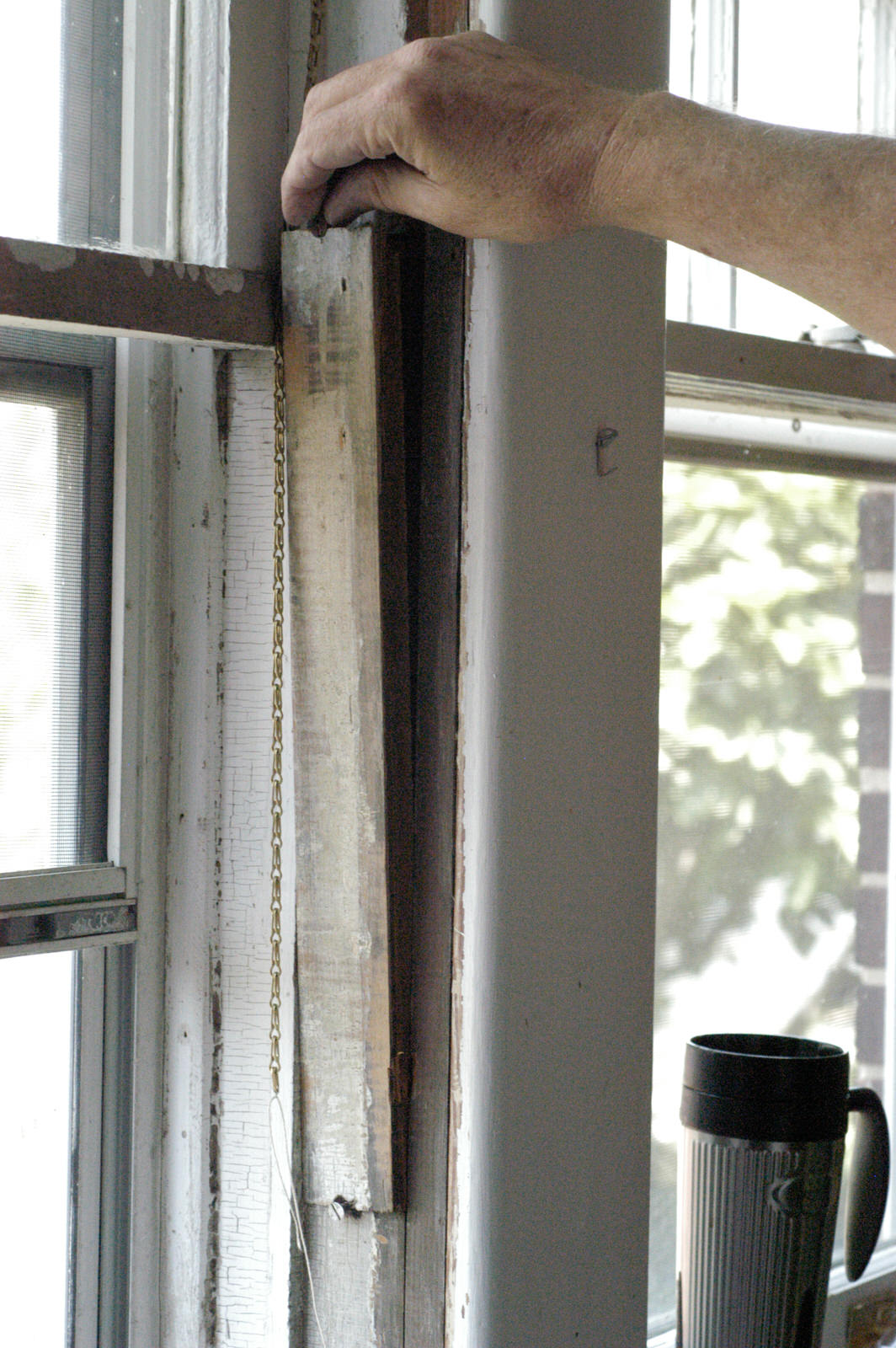Restoring Window Sashes
/Should I replace my windows or can they be restored?
More and more, people are appreciating the architectural significance, detail, and simplicity of design of their original double-hung windows. Replacing vs. restoring is one of the most common dilemmas we see. While there is no absolute right answer, the option to restore often makes the most sense. This article will touch upon some of the issues you will face if you decide to restore, rather than replace, your double-hung windows.
Often, the windows in your home have served their purpose for 100 years or more and, naturally, have experienced wear and tear. Unless the windows are beyond hope, however, with some labor and basic materials, they can usually be brought back to their original condition. It is not uncommon for houses with twenty or more windows to have a few that are beyond repair (that need to be replaced) and the rest just need some tender loving care.
Hiring a professional to do this work is one option. Depending on the amount of work required, prices could range from under $250 per window for basic repairs to more than $1,000 per window for more involved restoration. If you do the work yourself, however, you will spend a lot less. Adding new storm windows will, of course, be an additional expense.
The basics of window restoration
The two main issues in window restoration are (1) getting the mechanical parts of the window to work properly, and (2) getting the window to be as draft-free as possible. Mechanically, old windows operate with a simple but clever design. Double-hung windows consist of a top and a bottom sash. Each sash is counterbalanced with a pair of sash weights, which are hidden in weight boxes on each side of the window. The sash is attached to the pair of weights either with sash cord or sash chain. Both chain and cord work well and have their own advantages and disadvantages. Removing one or both sashes, replacing the sash cord or chain, and reinstalling the sash is an entry-level repair that is more tedious than it is difficult.
If you remove your sashes to replace cords or chains, don't miss the chance to make repairs and do some basic maintenance to the sashes themselves. It's a great time to re-putty and paint the exterior of the sash, for example.
Weather stripping
Another thing you can and should do while the sashes are out is add some type of weather stripping. Weather stripping will help make the window operate in a smooth manner and, more important, dramatically cut down on drafts and costly heat loss. Since the window is composed of moving parts, allowing space for movement needs to be considered while adding weather stripping and/or making repairs. On the other hand, too much space can allow excessive heat loss. A good weather-stripping job will allow parts to move freely, yet snugly.
There are a number of locations on the window that can be tightened up with weather stripping. The most popular and longest lasting weather-stripping material is some version of spring bronze. It comes in a roll, is cut to size, and is installed in the window jambs (frame) so it is snug against the sides of the window sashes. There are also cheaper, easier to install vinyl versions, but these tend to be less permanent.
The horizontal surfaces of the window can be treated with other materials. The meeting rails (where the two sashes meet) can be a common source of drafts. Adding weather stripping and tightening up, or replacing, a sash lock can make a huge difference.
With basic tools and a little bit of patience, most homeowners can do the above repairs. It is not unusual, however, to need to take the rehab to another, more complex level on some windows. This can mean planing a sash, epoxying a rotten corner, or replacing a window completely. These tasks require a slightly higher skill level, but, with the right tools and some guidance (call Boston Building Resources or, better yet, take our window rehab workshop!), most folks can still accomplish them.
Add a storm window
Finally, installing a high-quality storm window will provide weather protection as well as a virtually airtight window system. As it stops drafts (infiltration), the storm window creates a dead air space between the primary (wood) and storm window, similar to the space found in new, insulated glass windows. This double layer of glass is a must in our climate. Additionally, the storm window comes with a convenient screen, allowing fresh air to circulate throughout your home during the warmer months.
Boston Building Resources provides tools, materials, and advice in the area of wood window restoration. We also sell high-quality storm windows. Our knowledgeable staff is here to help you diagnose your specific window situation and make recommendations. Stop by and see our full-sized sample of a double-hung window. It will give you ideas, demonstrate clearly how a properly refurbished window should function, and provide inspiration as you start tackling those windows!
Materials list for one double-hung window repair:
20 ft. copper-dipped steel sash chain
12 ft. of 1-1/8” spring bronze weather stripping
10 ft. vinyl bulb weather stripping
2 Spanish cedar parting beads
1 brass-plated sash lock
1 tube latex caulk
8 oz. window glazing compound
Misc. screws and nails

